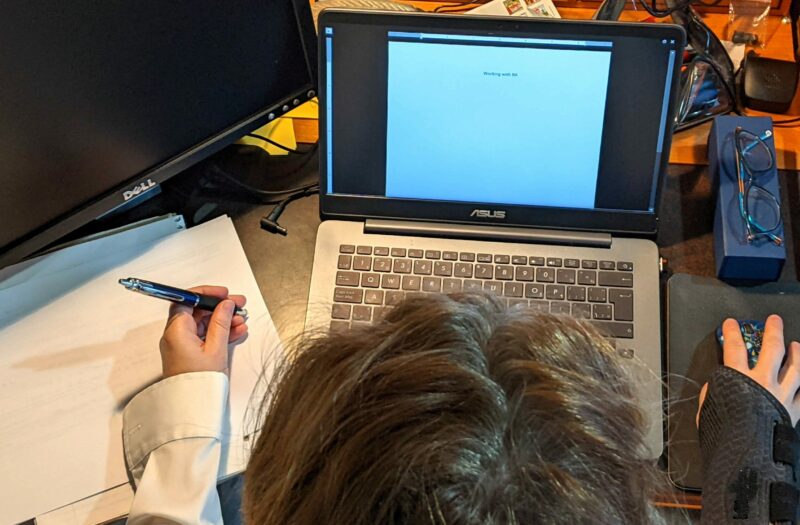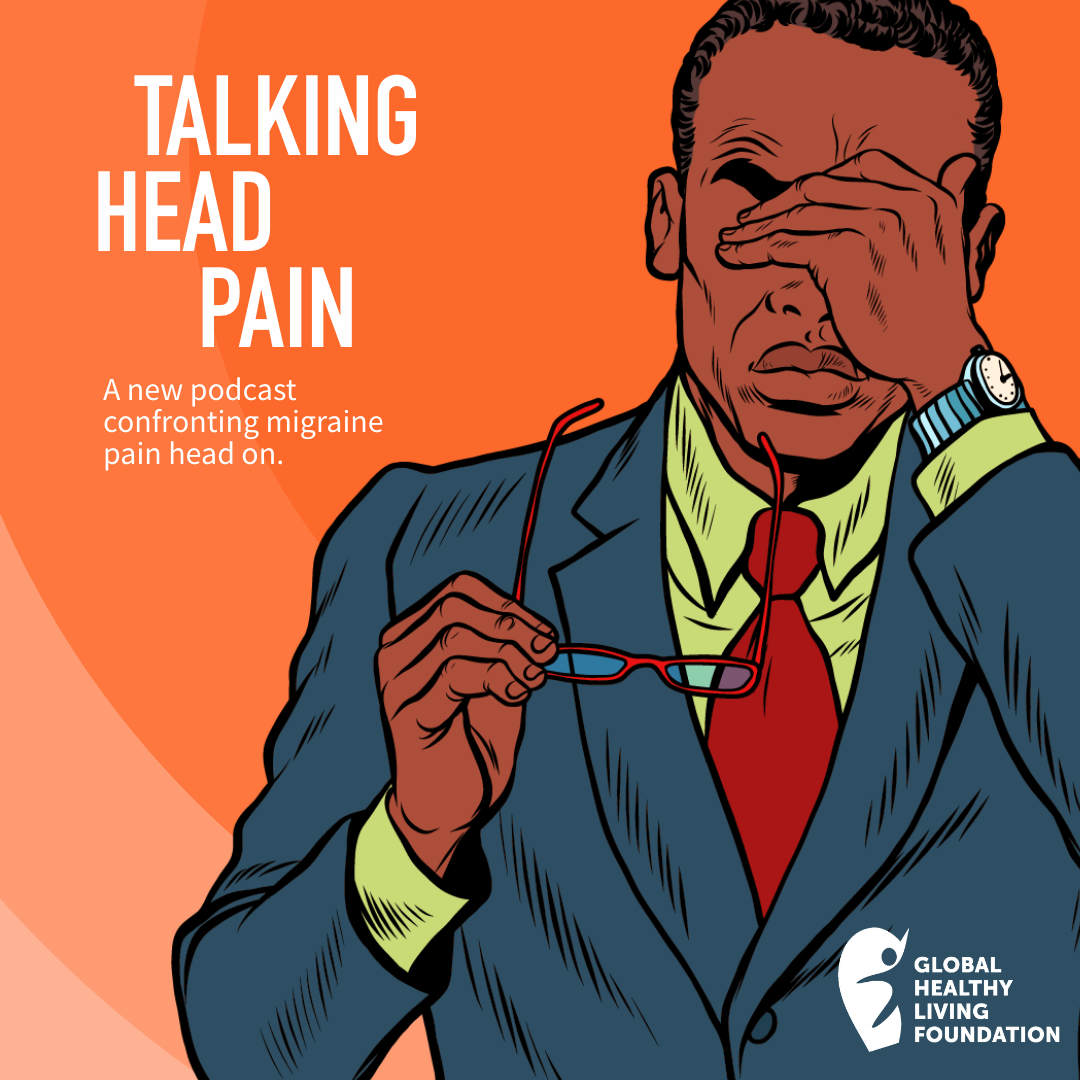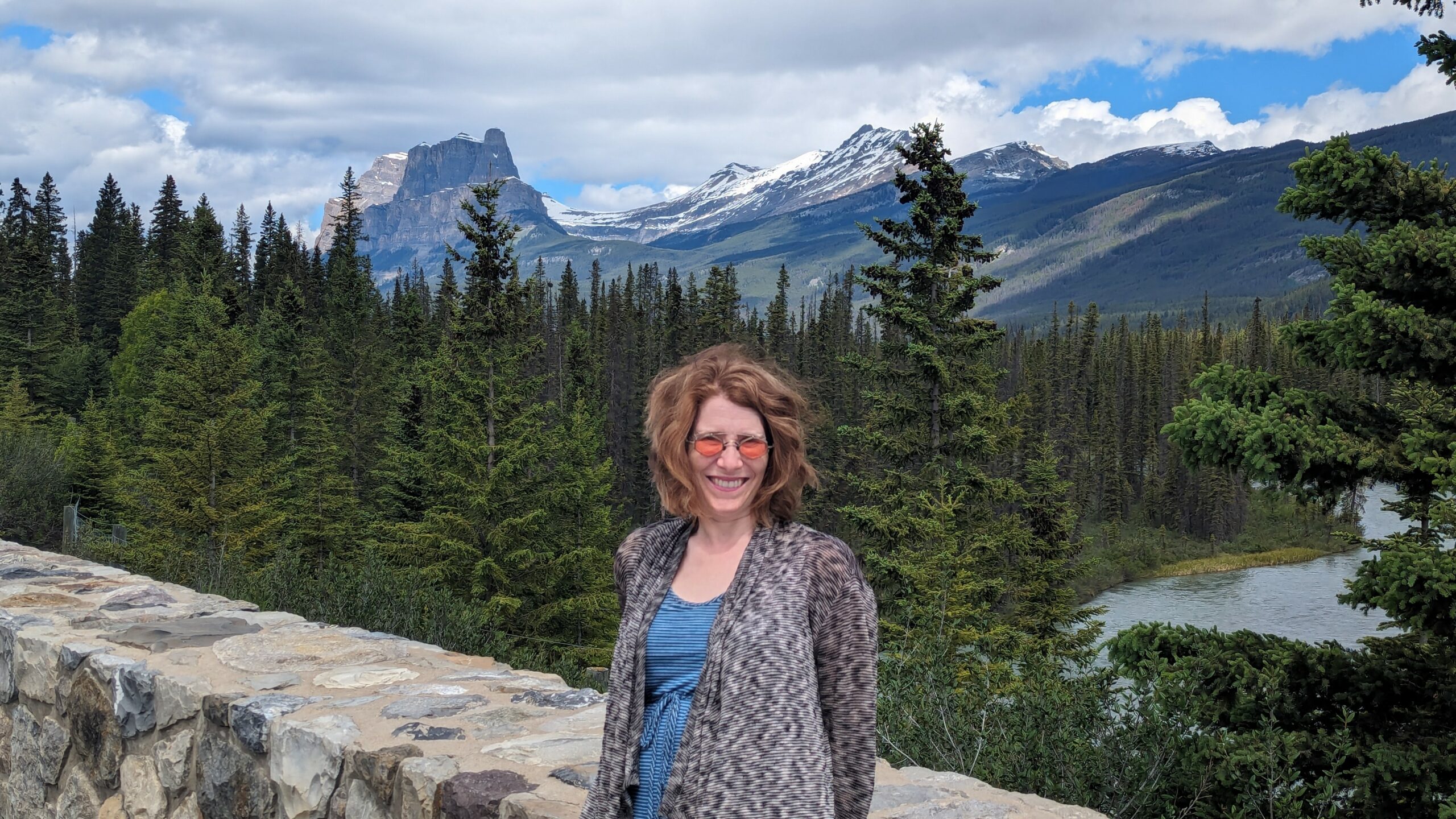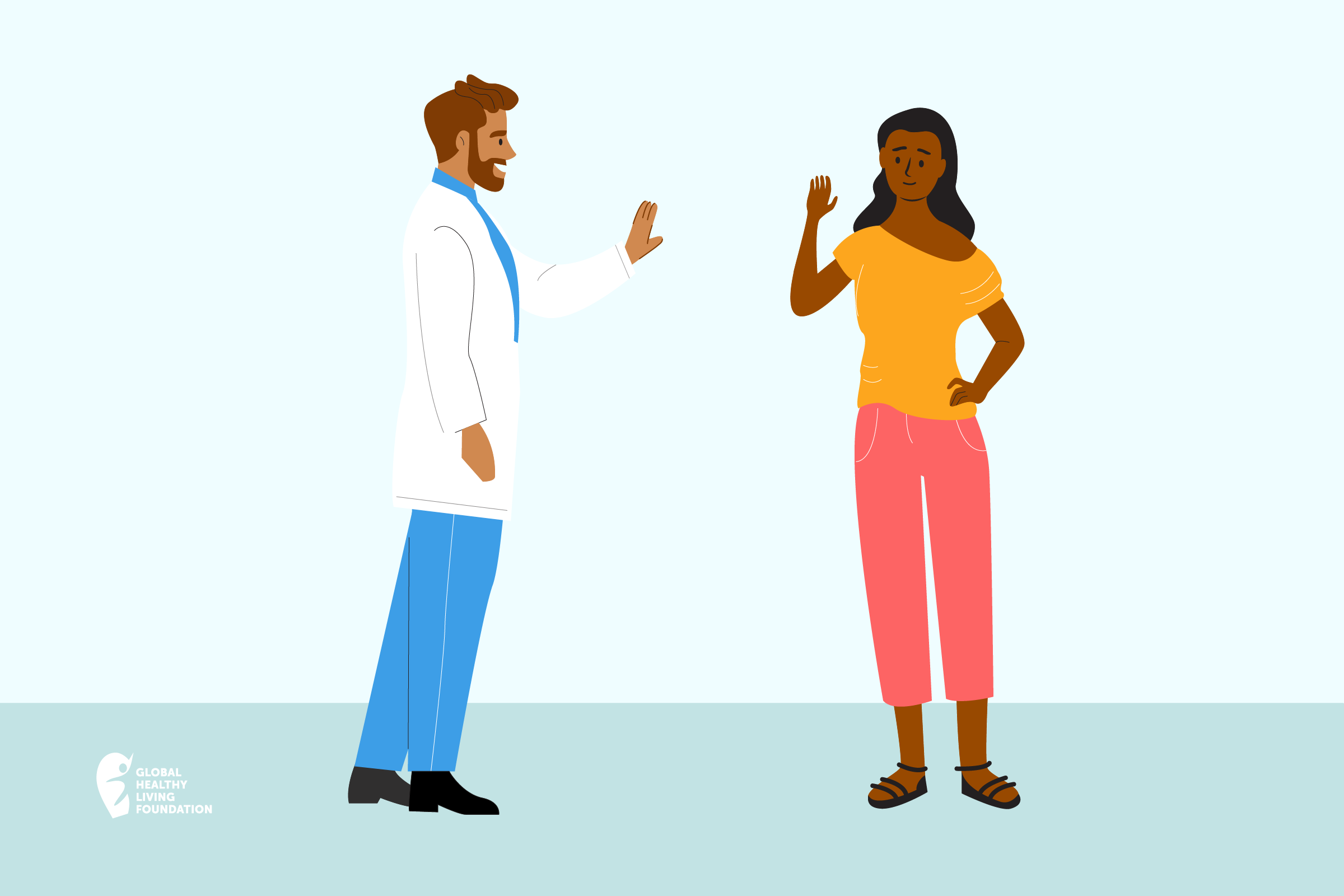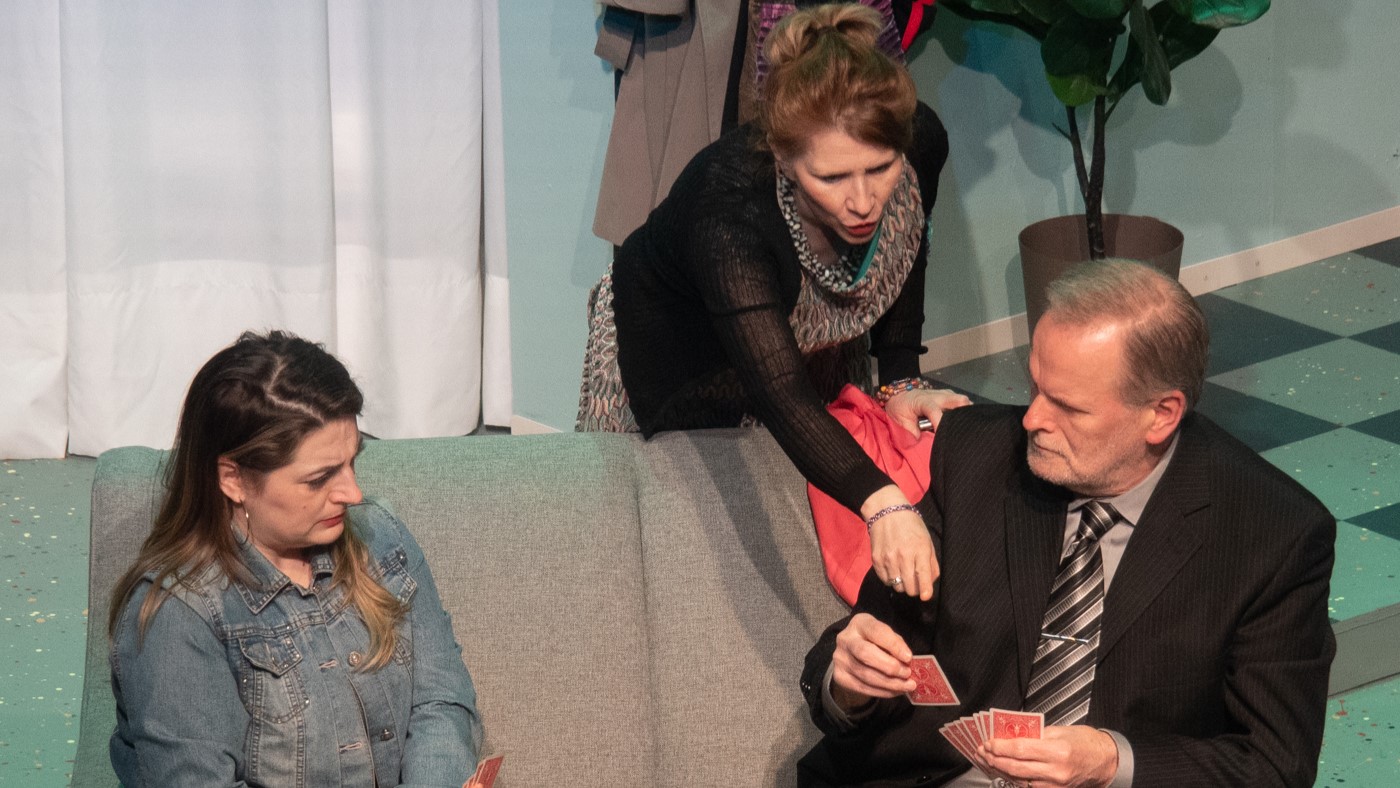I wake up on the couch, the crush of a velvet pillow imprinted on my cheek. The rhythmic tick of the grandfather clock echoes in the stillness. I rub the sleep from my eyes and go check on the kids. They are both asleep. I adjust the blanket on the older boy, pulling it down beneath his chin. It’s 1 a.m. Their parents may return in 10 minutes, or another hour or two, but until then, I’m the babysitter. I’m 11 years old, and this is beginning of my working life.
How Work Affects Your Identity
I have worked more than half my life. Most of that was out of necessity but being employed has also given me a sense of accomplishment, independence, and confidence. A chronic condition like rheumatoid arthritis can make stable employment a challenge. It’s not an easy task working through fatigue, medication side effects, unpredictable flares, and pain.
Losing a job because of chronic illness is devastating, both emotionally and financially, especially if we don’t qualify for government assistance. Many people love their work — it is their passion as much as it is their financial support. I could not imagine giving up any part of my working life as an artist, no matter how challenging it might be.
My working life has not been conventional. I often worked multiple jobs, mostly in the hospitality industry, to support my work as an artist. I often juggled one or two jobs at the same time as attending auditions, rehearsals, performance, and the odd film shoot. Writing was also emerging as a career. Eventually, I settled into one stable full-time position, but after my diagnosis with RA everything changed.
Full-Time vs. Part-Time Work: Making a Change
I had traded in multiple jobs in the hospitality industry for a full-time position, but even 40 hours a week with one job became more challenging as I tried to balance life with a new medical condition, work, and social and creative commitments. I didn’t have the energy for rehearsals, performance, writing or visiting friends and family after the workday was done.
This was unacceptable to me.
Having time with friends, family, and our passions help fill in the gaps and allow us to create a well-rounded existence.
I decided something needed to change.
I quit full-time work and moved to part-time. This allowed me to still earn a paycheque, but also preserved time and energy for life beyond the job. Not everyone has this option. I needed to have the right support system in place, but until that happened, full-time work provided me the financial support I needed and gave me a purpose. I managed to endure with a few modifications.
Prioritize your tasks
I organized my tasks, focussing on the most important ones first so I wouldn’t feel the pressure of falling behind in my work. I bookmarked my energy, leaving the things that could be done for another day.
Take breaks
I took my breaks instead of working through them. Vacations, lunch hours, coffee breaks: I was under the impression that by working through them, I was being more efficient, when really, I was burning myself out under a pressure that was only applied by me. Those 15-minute coffee breaks, lunch hours, and vacations go a long way for replenishing my energy and giving me time to rest throughout the day. It took me a while to understand that not only did I need these small breaks in the day, but that I also deserved them. Standing up, stretching between periods of sitting, helped me work out the stiffness in my joints and allowed my eyes a break from the computer screen.
Look for opportunities for flexibility
Before officially leaving full-time work, I requested a change in my hours. This made juggling my work life and my home life a little easier. I had more energy and was able to determine the times of day where I was more productive.
Stay hydrated
Staying hydrated is key for me to maintain both physical health and mental alertness. As a former dancer, keeping my body hydrated was my number one priority after a performance or an arduous work out. It helped cool me down and prevent fatigue from dehydration. Drinking plenty of water during my workday decreased bouts of brain fog and kept me alert and awake.
Follow your treatment plan
I continued to follow the advice of my health care practitioners. I took my medications, exercised, tried to stick with a healthy diet and asked them to refer me to an occupational therapist. The OT taught me how to cope by giving me tools for the workplace and at home.
If you have the means and the support system to do it, switching to part-time work can give you the best of all worlds. I was fortunate enough to be a in a position where I could leave full-time work for part-time, which helped me manage my condition along with the work I had to do. Not everyone has this option, and it’s not easy to make a living with part-time wages, so consider it only if you can manage it.
A Broad Definition of Work
The term “work” for me has a broad definition: it applies to volunteer work, homemakers, students, and, for me, my life as a writer and actor. In 2019, I went back to university for an accelerated one-year program with The Writers Studio. I had to focus on managing my time and energy while juggling a part-time day job, writing deadlines, homework assignments, and the flares of RA.
People with chronic illness can be just as industrious as any healthy individual with a few adjustments. If you need to change jobs or want to get into the job market, a vocation rehabilitation counsellor can help you research the type of job that works best for you. Arthritis Research Canada in Vancouver B.C. is currently developing Making It Work, an online web-based program using e-learning modules, group video chats and online consultations with professionals. Your health care team may have resources to recommend for extra support.
Many can’t work because of severe disease, but they still want to contribute their skills and their time to something meaningful and that’s where volunteer work fits in. You can choose the type of work you want to do, create your own schedule, and decide how much of your time you want to give and not be worried about how much of your time you are able to give.
A couple of years ago, I had the pleasure of sitting on a panel for an event with patients and medical professionals talking about RA in the workplace. It raised awareness on the complications and difficulties, limitations, and solutions. The three patient advocates all had different stories: one was an athlete, one a student, and one, me, worked in the arts. We all had different challenges in our respective livelihoods but shared a lot of the same techniques to get past them.
Our work and our passions are an important part of our lives. The work scene is changing a little bit each day as awareness grows. The pandemic gave us new options, such as working from home, something people in the chronic illness community had been asking for but were told was not possible. People with RA and other chronic conditions are finding ways to preserve their livelihoods and still find that balance in the rest of their lives. It takes research and support, but with a little bit of patience and planning we can find a work-life balance that both supports and sustains us.
Stay in Touch with CreakyJoints Canada
Part of the nonprofit Global Healthy Living Foundation, CreakyJoints is a digital community for millions of arthritis patients and caregivers worldwide who seek education, support, advocacy, and patient-centered research. All of our programming and services are always provided free of charge. As we grow CreakyJoints Canada we want to hear from you. Please join our email list to stay connected, learn about new content and initiatives, and send us suggestions and ideas.

